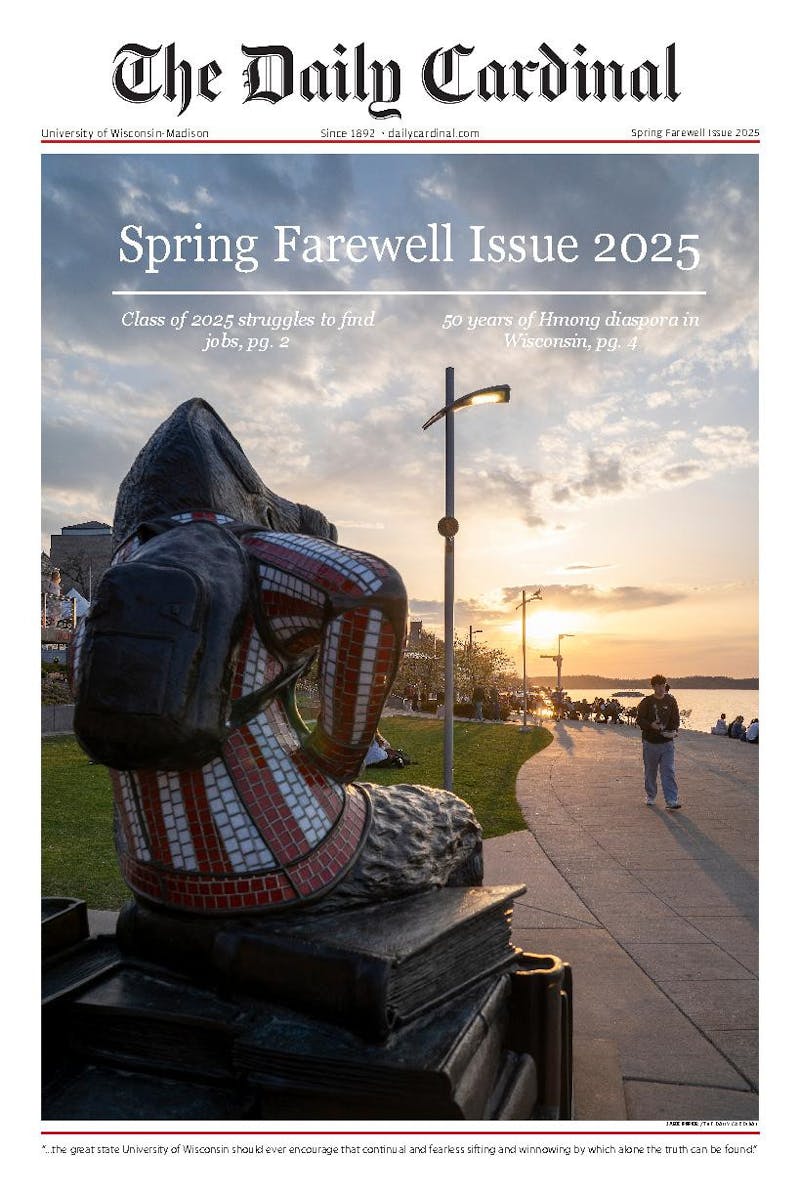Most consider the flu an annual hassle, a virus prevented by vaccinations and treated with plenty of fluids and several days of bed rest. Recently, however, a new type of influenza has captured and held the public's rapt attention, creating panic and sweeping efforts to prevent the spread of the infectious virus.
The H5N1-type of the influenza virus, which has infected millions of chickens and other migratory birds in Asia and Europe, has led to the culling of countless domestic birds across Asia. Over 100 people also have been infected.
So why is a flu that has infected millions of chickens and other migratory birds, but only a hundred or so humans in remote regions of Asia, so dangerous?
The threat of the H5N1 strain of the Avian Flu, then, lies in the human body's so far untested immune response.
Because the virus' genetic makeup only changes by about two percent a year, our bodies have developed an inherent immunity
to the flu to which we are
exposed yearly.
According to a National Institutes of Health press release, another danger of the H5N1 flu strain lies in its extreme deadliness. The virus has a mortality rate of over 50 percent.
'A large percentage of animals and people infected with the virus have died,' said Neil M. Ferguson, a computational biologist for the National Institutes of Health. 'The consequences of an H5N1-based pandemic could be catastrophic.'
Its extreme deadliness coupled with its contagious nature has led experts to believe this could be a global pandemic in the making, one that would kill far more than the Spanish Flu of 1918.
Though there have been few confirmed cases of human-to-human transmission of the H5N1 virus thus far, many epidemiologists, or doctors who study the cause and spread of disease in human populations, believe it is only a matter of time before this strain or one similar to it becomes a global health threat.
The threat of a major flu outbreak is not a new one. Earlier this year, scientists recreating the Spanish influenza pandemic of 1918 discovered that it was a particularly deadly and infectious strain of the flu.
'By identifying the characteristics that made the 1918 influenza virus so harmful, we have information that will help us develop new vaccines and treatments,' said Dr. Terrence Tumpey, the U.S. Centers for Disease Control senior microbiologist in charge of recreating the virus.
Although most wild birds carry multiple strains of flu viruses in their intestines, they rarely get sick from them. When
transmitted to domestic fowls, however, the viruses can become deadly and highly contagious, posing a major threat to humans in contact with them.
But there may be hope in the race to find and produce what could be millions of lifesaving vaccinations.
On October 31, a team of researchers from UW-Madison and the University of Tokyo reported they had discovered a new way to generate genetically altered influenza viruses. By manipulating the genes of such viruses, scientists can defuse their virulent nature, which would then allow them to produce vaccines to help the human immune system recognize and fight the general form of the virus.
According to virologist Yoshihiro Kawaoka, 'application of the new system may be especially advantageous in situations of outbreaks of highly pathogenic Avian influenza viruses.'
This new technique may ensure the quick generation of vaccines required to immobilize the spread of influenza.





